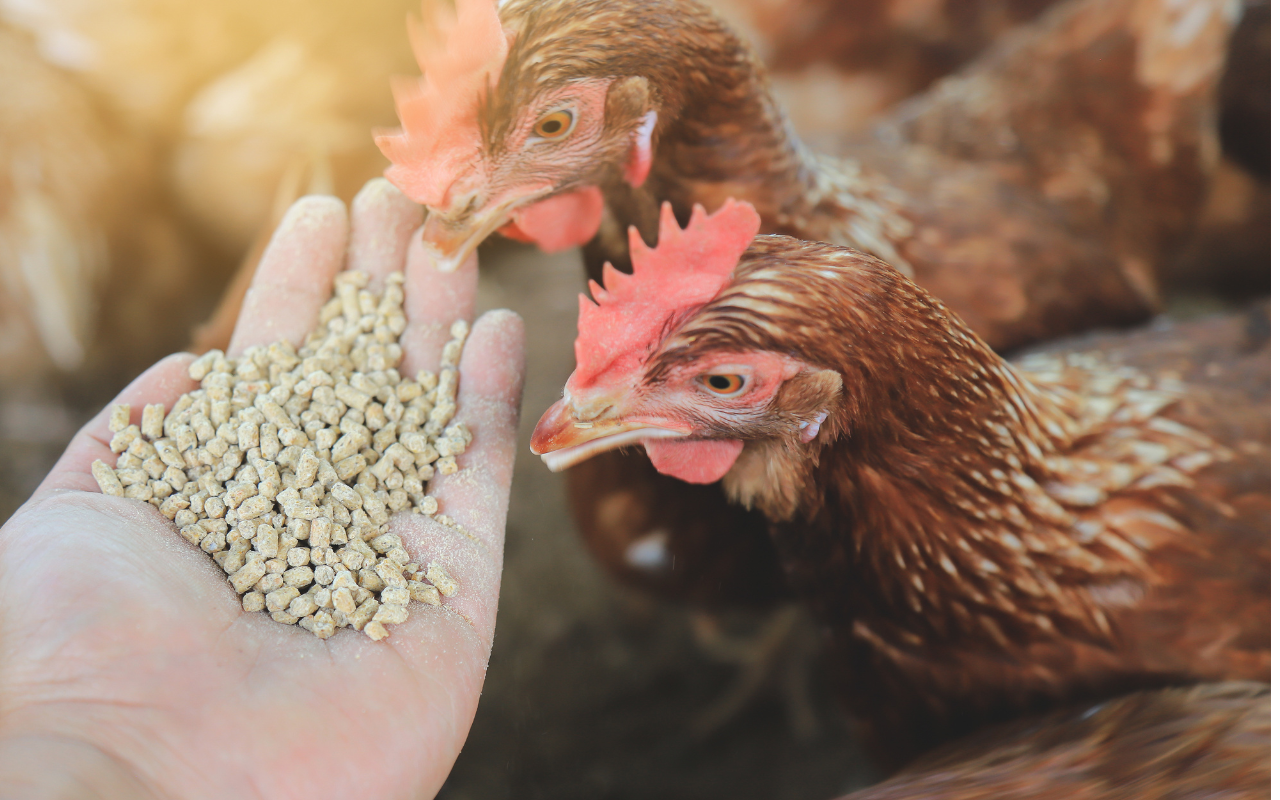With the threat of H5N1 avian influenza looming, it is essential people working at the human-animal interface are prepared and protected.
Although the federal government invested heavily in a post-pandemic response after the COVID-19 outbreak, a perspective published today in the Medical Journal of Australia argues that more needs to be done to increase Australia’s preparedness for an avian flu outbreak.
Last year the federal government announced a $100 million program to ensure the nation’s preparedness for a threat of avian flu. Part of that pot of funding includes a $22 million investment in ready-to-use pandemic flu vaccines to add to the National Medical Stockpile.
The $100 million program also includes:
- increased agriculture biosecurity response capability;
- enhanced wild bird surveillance;
- environmental measures to protect threatened species; and
- nationally co-ordinated communications.
In their perspective, the authors say “although it is a significant step forward, it is crucial that the preparedness plan extends beyond communications to also fund activities that support the adoption of mitigation measures, including a vaccine.”
The avian flu has a case fatality rate in humans of 48%. People who work with birds and cattle are at immediate risk but there is also a risk to the broader community.
Social science data can provide insight into what drives and what stops people from undertaking preventive measures, including wearing masks and being vaccinated.
“Social science data provide insights into human behaviour which is vital for designing effective interventions and communication strategies that resonate with priority populations,” the authors said.

Before the COVID-19 pandemic, preparedness focused only on frontline workers involved in health care.
There were big differences in vaccine uptake in food system workers in different subgroups like agriculture, meatworks and retail. The authors say it demonstrates the need for “occupation-specific data to underpin responses tailored to each groups’ needs”.
It was also revealed that food system workers were underprotected as the pandemic progressed, due to inequities in the system.
It’s important to be sensitive to the different barriers to vaccines and other protective measures people have in different occupations during an outbreak like avian flu.
“Personal protective equipment (PPE) use among poultry workers, for example, may be different to those of wildlife workers such as land and sea rangers,” the authors said.
“Both groups are at risk for HPAI [High Pathogenicity Avian Influenza] H5N1 but may have different needs requiring tailored solutions to ensure timely vaccination in the event of an outbreak.”
In the perspective, the authors stress the importance and value of social science data during an outbreak. They say historically, it has been underutilised and underfunded.
“Funding was withdrawn in most countries during the endemic phase, and mechanisms to collect and use social science data stopped.”
There’s also been a decline in trust after the COVID-19 pandemic in Australia, “in governments and institutions associated with the mandates and restrictions imposed during pandemic responses, but little is known about how this will affect public willingness to adopt preventive behaviours such as using PPE or accepting vaccination in future,” the authors said.
“There is limited specific evidence on what drives or hinders preventive behaviours among groups currently at risk of High Pathogenicity Avian Influenza (HPAI) working at the human–animal interface, such as veterinarians or agricultural and wildlife workers.”
“In the context of decreasing trust and vaccine acceptance in the wider community, understanding the acceptability of a new vaccine to these at-risk groups, especially one using an mRNA platform, is crucial for any pandemic preparedness planning.”
One Health pandemic preparedness
One Health takes “an integrated, unifying approach to tackling health challenges that aims to sustainably balance and optimise the health of people, animals and ecosystems”.
The authors state that One Health “is increasingly being embraced as an ideal framework for pandemic prevention, preparedness and response, with attention shifting towards prevention and preparedness following lessons learned from the cost of the COVID-19 response.”
However, they state that behavioural and social insights have not been a large part of planning for the future. The authors welcome the federal government’s COVID-19 Response Inquiry report and its recommendations including how to enhance the use of social science and communications, building in-house social science capacity within the newly established Centre for Disease Control, and establishing structures for evidence synthesis and communication that should be maintained outside of emergencies.
During the recent outbreak of HPAI H5N1 in North America, recommended PPE use was low among dairy workers.
“Pathogens are adaptable and unpredictable, and with up to 75% of human pathogens being of zoonotic origin, people working at the human–animal interface need to be prioritised and the drivers of their current attitudes and behaviours understood to aid rapid and appropriate responses,” the authors said.
In the future they said that agricultural systems will intensify already increasing zoonotic risks.
“Investing in pre-emptive social research is necessary for effective pandemic planning and responses,” the authors stated.
“Developing knowledge and awareness about vaccines, new technologies and PPE for and with people who are most likely to need them in the future is critical,” they said.
“By funding pre-emptive social research, the Australian Government can ensure sound pandemic preparedness strategies to protect at-risk individuals working at the human–animal interface, their close contacts, and food security while building trust in public health interventions, ultimately leading to better health outcomes for all Australians,” the authors said.
Read the perspective in the Medical Journal of Australia.
Subscribe to the free InSight+ weekly newsletter here. It is available to all readers, not just registered medical practitioners.

 more_vert
more_vert